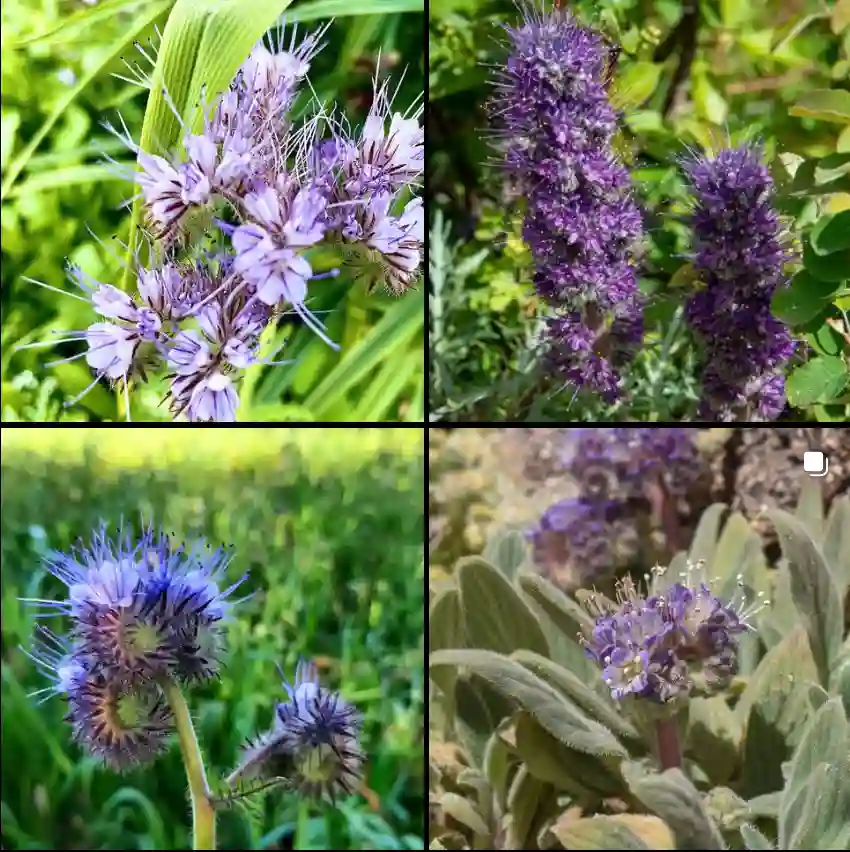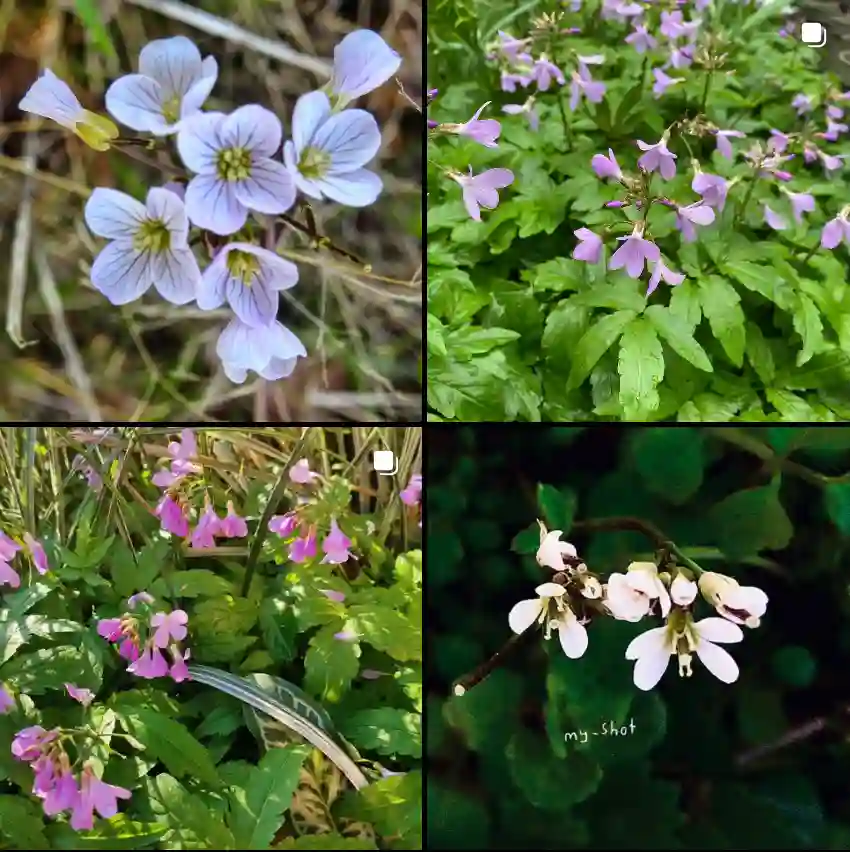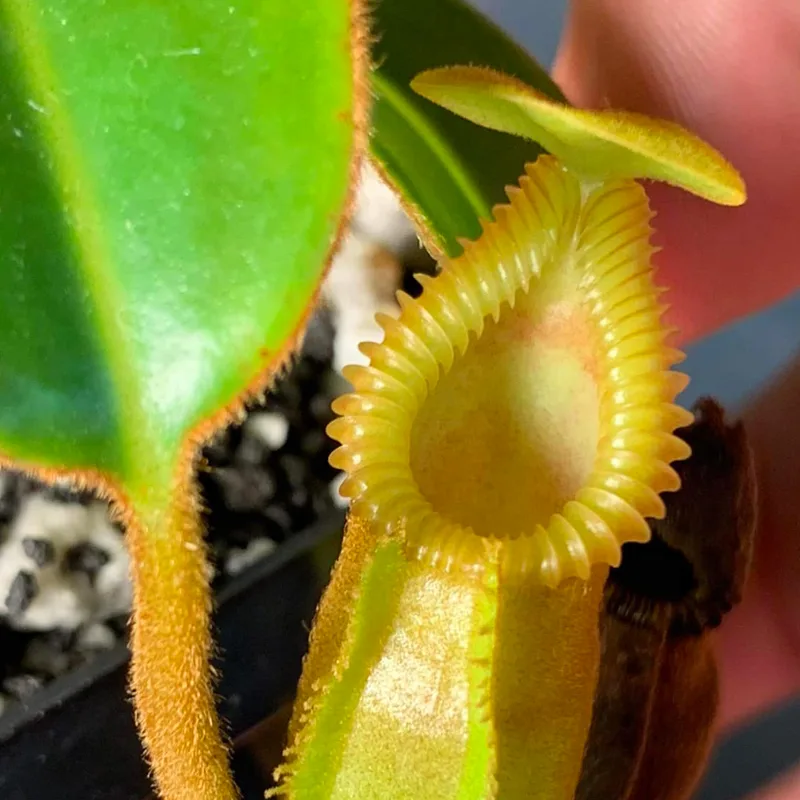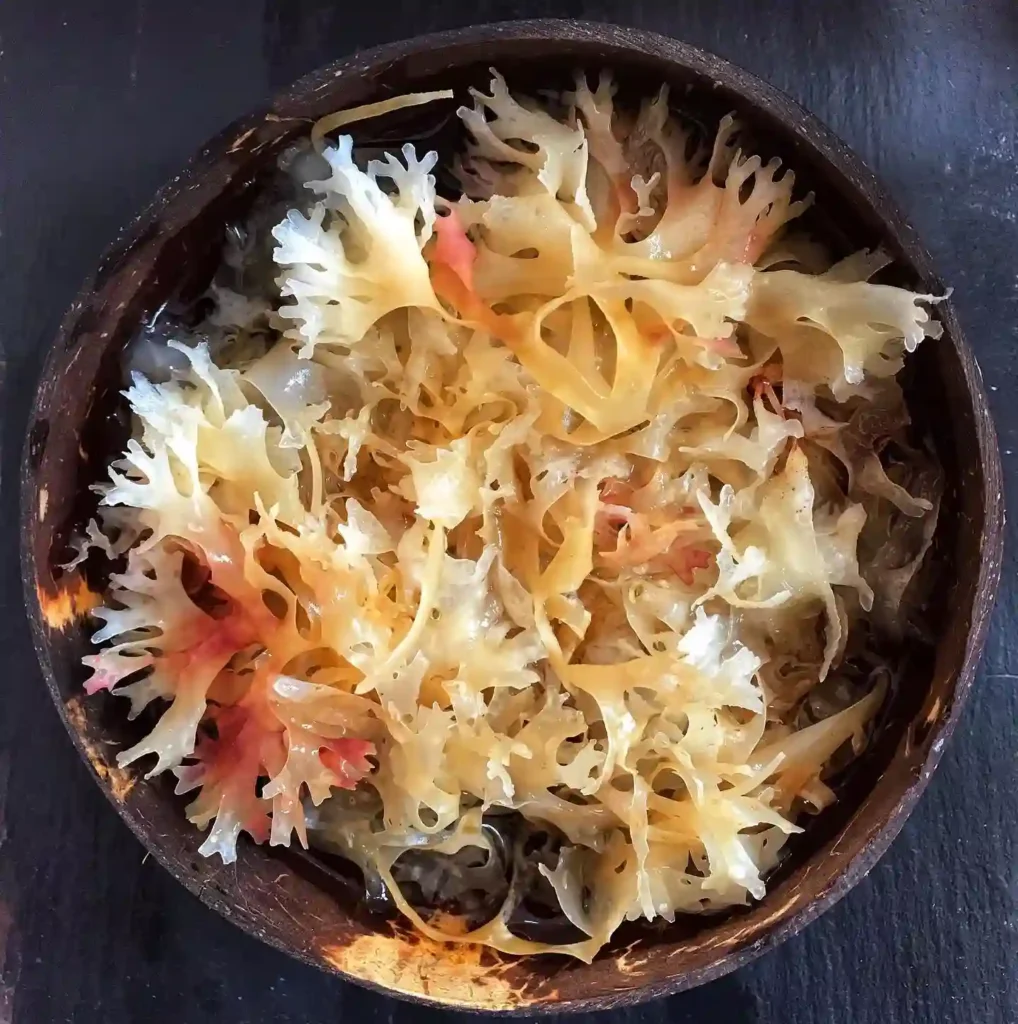Exploring the Stemonaceae Family: A Journey Through Unique Genera
As an avid plant enthusiast, I’ve always been fascinated by the diversity of plant families, and one that particularly intrigues me is the Stemonaceae family. This family, comprising various genera like Croomia, Stemona, Pentastemona, and Stichoneuron, offers a glimpse into the unique characteristics and ecological importance of its members. In this article, I’ll share my experiences and insights into these remarkable plants.
Understanding the Stemonaceae Family
The Stemonaceae family is part of the order Dioscoreales, primarily found in tropical and subtropical regions. Members of this family are known for their striking morphology, often featuring tuberous roots and peculiar flower structures. What captivates me most about the Stemonaceae family is its lesser-known genera, which add a layer of complexity and intrigue to the world of botany.
Croomia: A Hidden Gem
Croomia is a genus I’ve come across during my explorations in the southern United States, particularly in the southeastern states. These plants thrive in shaded, moist environments, often in rich, deciduous forests. The leaves of Croomia are broad and attractively veined, which creates a stunning contrast against their white to yellowish flowers that bloom in clusters.
I recall my first encounter with Croomia when hiking in the Great Smoky Mountains. The subtle elegance of its flowers caught my eye, nestled among the lush green foliage. These plants can also be distinguished by their unique seed capsules that release tiny seeds, allowing them to spread efficiently through their forest habitat. This reproductive strategy is something I admire, as it highlights the adaptability of the species.
Stemona: A Medicinal Marvel
Moving on to the Stemona genus, I’ve found this group particularly fascinating due to its medicinal properties. Stemona species are known for their use in traditional medicine, especially in Asia, where they have been utilized for centuries to treat various ailments. The roots contain active compounds that have shown promise in treating coughs and respiratory issues.
In my personal experience, exploring the traditional uses of Stemona has broadened my understanding of how plants can impact human health. I often read about the preparations of Stemona roots, which are commonly boiled or made into decoctions. This ancient practice underscores the cultural significance of these plants, highlighting the deep-rooted connection between humans and nature.
Pentastemona: The Unique Structure
Pentastemona is another intriguing genus within the Stemonaceae family. What sets Pentastemona apart is its distinct flower structure. The flowers typically have five distinct stamens, a feature that piques the curiosity of any botanist or plant lover. During my studies, I was fascinated by the intricate arrangements of the floral parts, which serve to attract specific pollinators.
I remember observing Pentastemona blooms in their natural habitat, where the vibrant colors and unique shapes drew in a variety of insects. This interaction between plants and pollinators showcases the essential roles these plants play in their ecosystems. It’s a reminder of how interconnected life is and how vital each species is to maintaining ecological balance.
Stichoneuron: The Resilient Survivor
Lastly, let’s talk about Stichoneuron, a genus that has made a name for itself in more challenging environments. These plants are known for their ability to thrive in disturbed habitats, demonstrating resilience in the face of adversity. I’ve encountered Stichoneuron in areas recovering from natural disturbances, where they contribute to soil stabilization and habitat restoration.
What I appreciate about Stichoneuron is its adaptability. These plants often exhibit unique growth habits, allowing them to occupy niches that other species may find unsuitable. My experience with observing Stichoneuron has taught me about the importance of resilience in nature. Their ability to flourish in adverse conditions is an inspiration, reminding me of the strength and tenacity found in the natural world.
Conclusion: A Family Worth Knowing
In conclusion, the Stemonaceae family is a remarkable group of plants that offer a rich tapestry of ecological and medicinal significance. Each genus—Croomia, Stemona, Pentastemona, and Stichoneuron—contributes to the family’s overall diversity and highlights the intricate relationships within ecosystems. My journey through the world of Stemonaceae has not only deepened my appreciation for these plants but also reinforced the importance of conservation efforts.
As we explore and learn about such unique families, we gain valuable insights into the complexities of nature. Whether you’re a seasoned botanist or a casual plant lover, I encourage you to delve into the wonders of the Stemonaceae family. Each plant tells a story, and together, they weave a narrative of resilience, beauty, and interconnectedness that enriches our understanding of the natural world.
If i die, water my plants!



